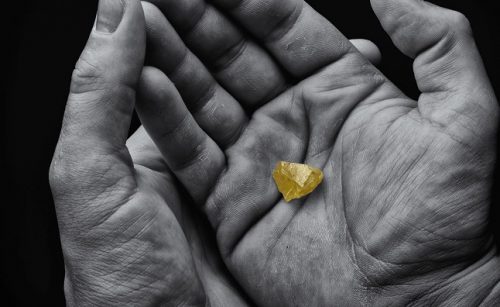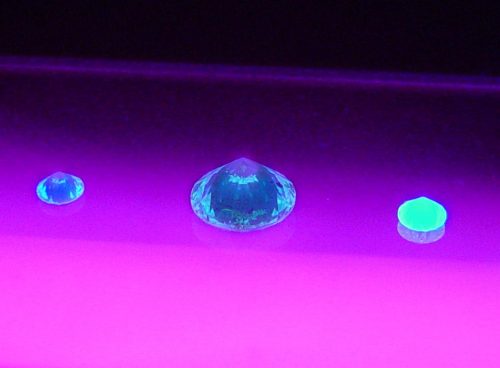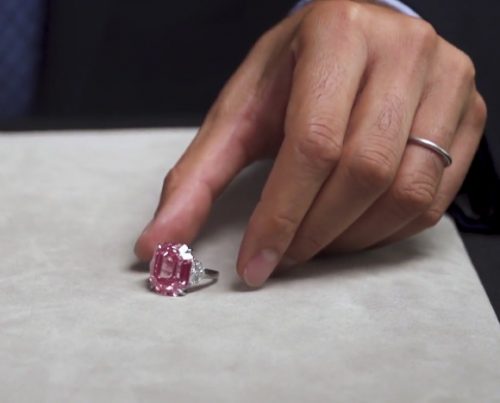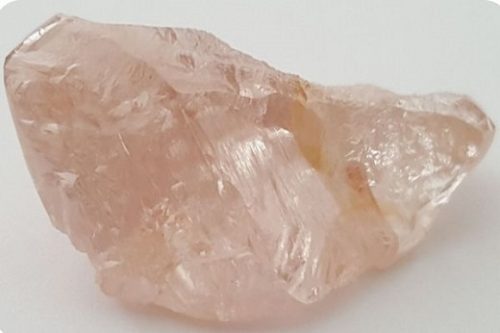
Collectively known as The Diavik Stars of the Arctic, the three rough diamonds showcase a rare combination of size, quality and color from the Diavik diamond mine in the remote Northwest Territories of Canada, 220 kilometers south of the Arctic Circle, the miner said in a statement.
The Diavik Stars of the Arctic will headline Rio Tinto’s forthcoming “Specials” Tender, which showcases rough diamonds greater than 10.8 carats. Taking their inspiration from constellations across the night skies of the North.
The Diavik Stars of the Arctic comprised of the, Vega of the Arctic, 177.71 carats, one of the largest and most valuable gem quality rough diamonds ever produced in Canada , Altair of the Arctic, 59.10 carats, a white gem quality rough diamond Capella of the Actic , 24.82 carats, a yellow diamond
Diavik Diamond Mines president and chief operating officer Patrick Boitumelo said, “Diavik diamonds are over two billion years old and it has taken 15 years of production to unearth these extraordinary diamonds, underscoring the ongoing importance of the Diavik ore body in the context of the global diamond industry.”
The Diavik Diamond Mine owned by Rio Tinto 60 per cent and joint venture partner Dominion Diamond Mines (40%) began production in 2003 and has been a fully underground mining operation since 2012. It recently opened its fourth pipe, the A21 pipe, which will provide an important source of incremental production.
The Diavik mine produces predominantly gem quality diamonds destined for high end jewelry in all major consumer markets around the world. The discovery of Lot 3, Capella of the Arctic, a large yellow diamond is very rare, with the mine on average producing only five of these diamonds each year, in effect less than 0.001% of annual production.
The Diavik Stars of the Arctic will be showcased in Antwerp and Israel to large diamond specialists from around the world before bids close on October 25.
Source: IDEX Online




